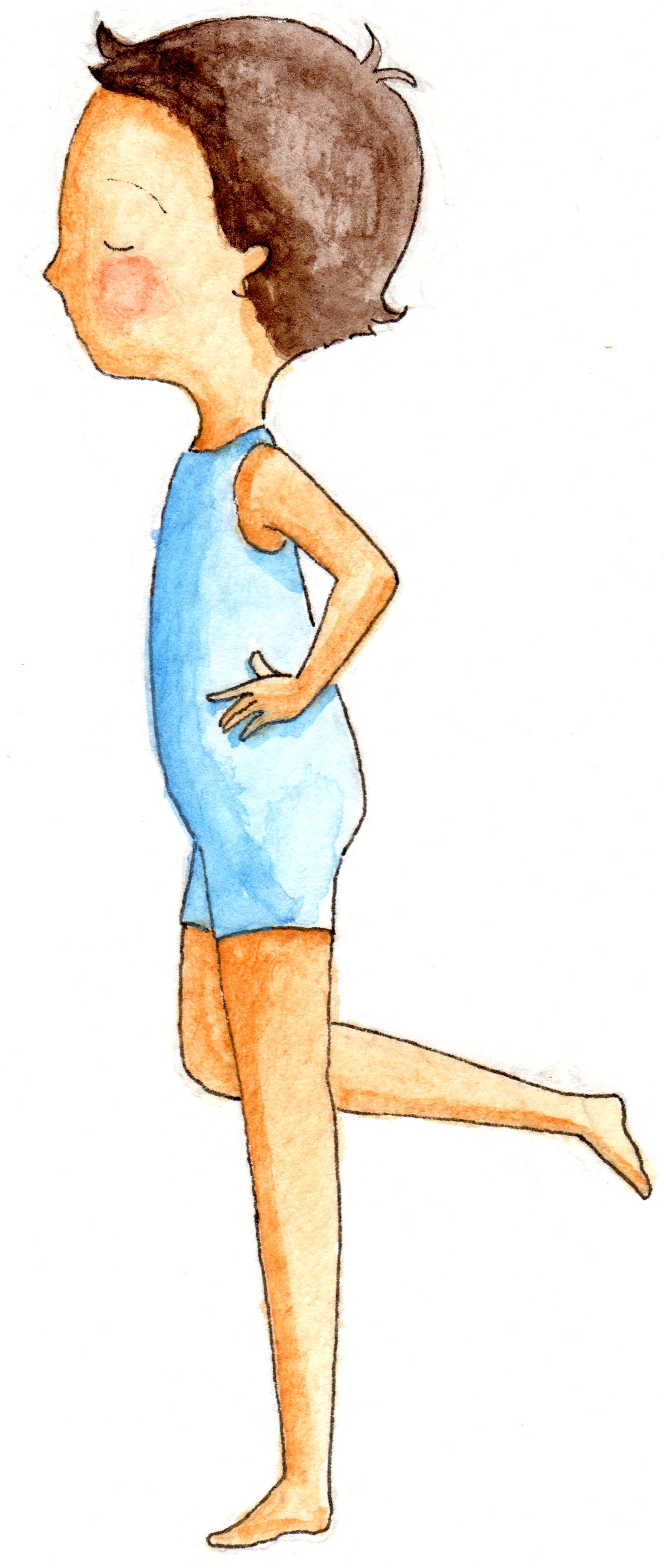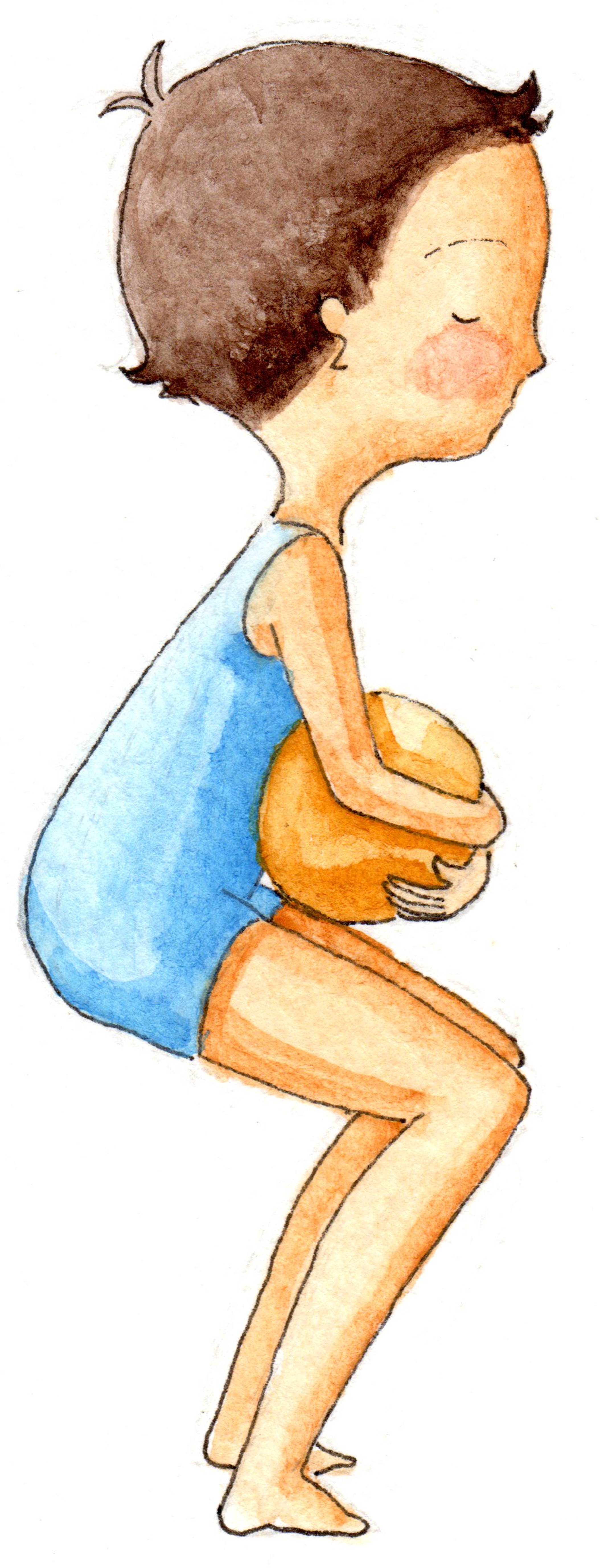In-Tuned® Routine - Supporting From a Distance
BY JULIA GROVER-BARREY OTR/L
FOUNDER OF IN-TUNED®
These notes are not verbatim from the video. The notes will provide you some background, visuals and structure as you embark on investigating alternatives for supporting your child or students during this time of distance learning.
All of these suggestions can be done again and again and again. It takes practicing of the same basic skills to make solid connections between different areas of the brain and to provide us with the neural structure for good motor control, isolated and automated movement. This foundation leads to better executive function, self and emotional regulation skills.
There is no overdoing crossing midline movements with the hands, the feet and the eyes. Getting the two sides of the brain communicating constantly smooths out communications through that midline barrier…the corpus collosum.
Cross Crawl
Cross Crawl:
Cross Crawl touching opposite hand to knee for 1- minute look at a visual target in front. This alternates at a moderate pace from side to side. Do not hold pose. Cross crawl again looking at a visual target over the L shoulder for 1 minute.
Therapeutic touch, especially deep, intentional, well placed touch is important for brain development, muscle education, motor control and self-regulation. When our neurotactile system is feeling under-stimulated or needy…we act needy. Giving lots of big hugs is great, doing heavy work…lifting, pushing and pulling. Kids can also give themselves the feel good neurotactile support with body ironing. Using their own hands or if they have a weighted heavy ball (2#).
Body Ironing:
Firm and constant pressure with one hand on tummy/belly button area with the other hand applies firm slow-moving pressure up the sternum, across the collar bones to the shoulder, down the arm to the fingers and then go in reverse. Once back to tummy go down the hip area, leg all the way to the top of the foot and back up. Switch hands and do the other side. Repeat 3 to 4 times.
Postural Flash Cards (Foundation of Motor Control):
Keep increasing the amount of time positions are held and make the positions harder when your student is capable. Repeat 3 to 4 x’s each.

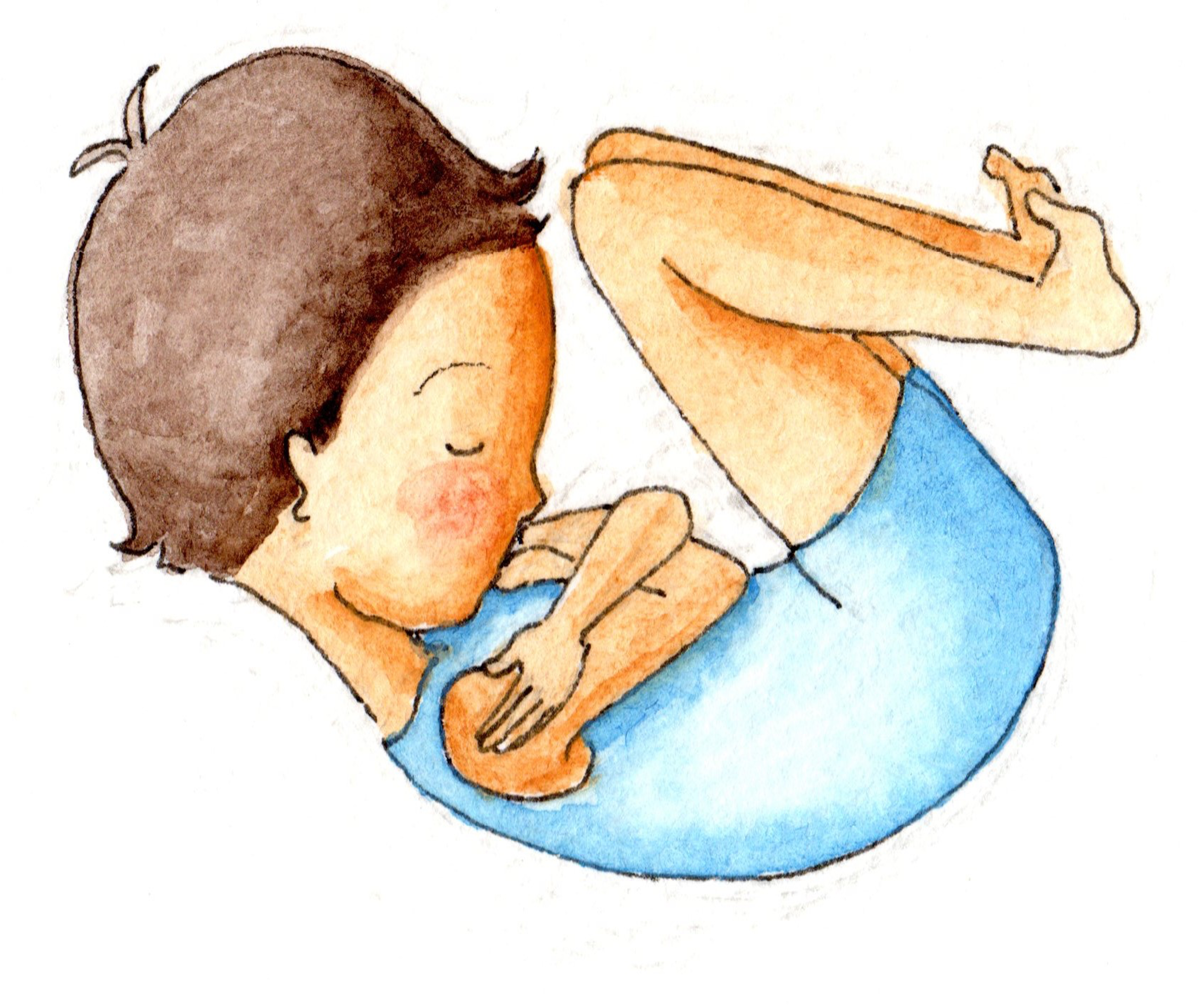


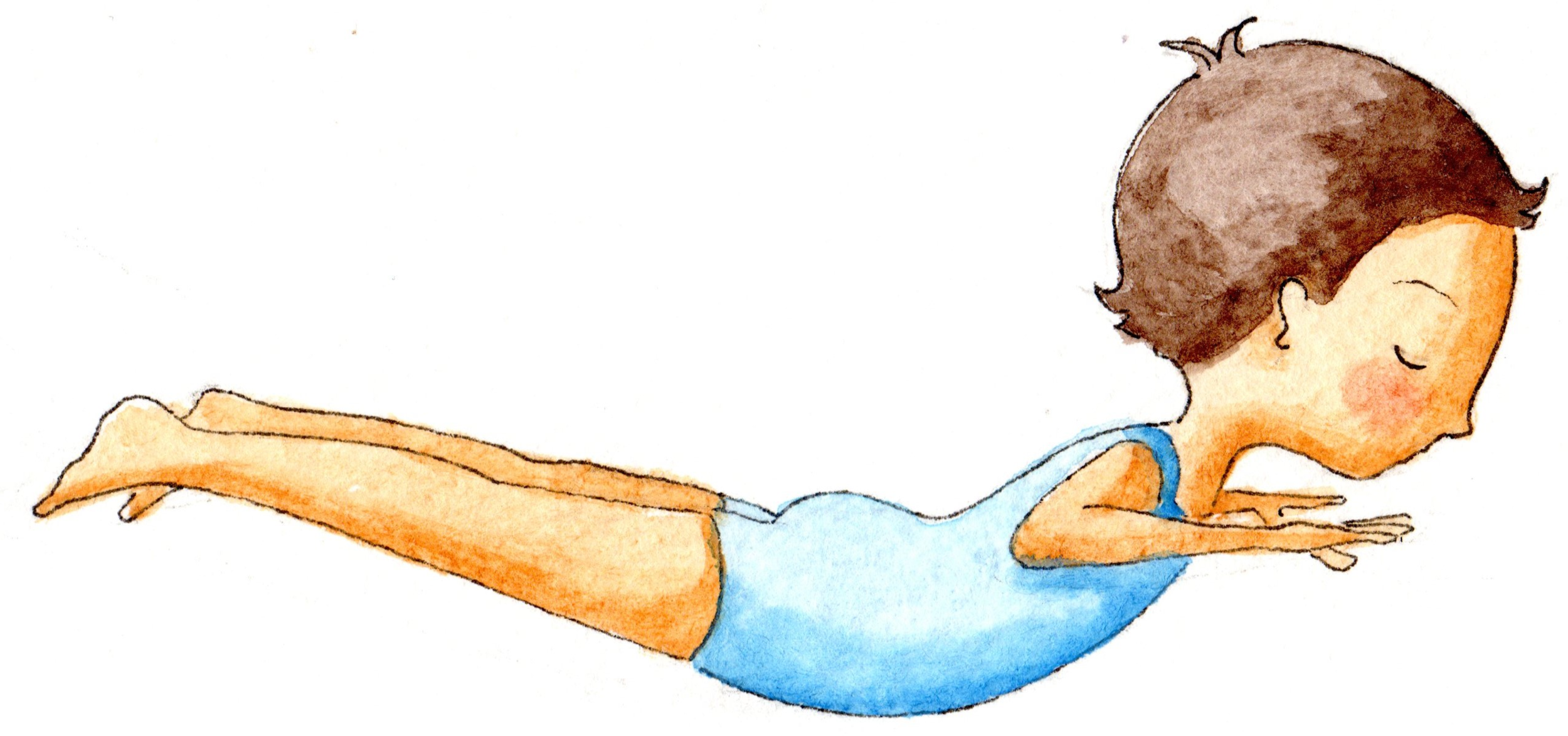
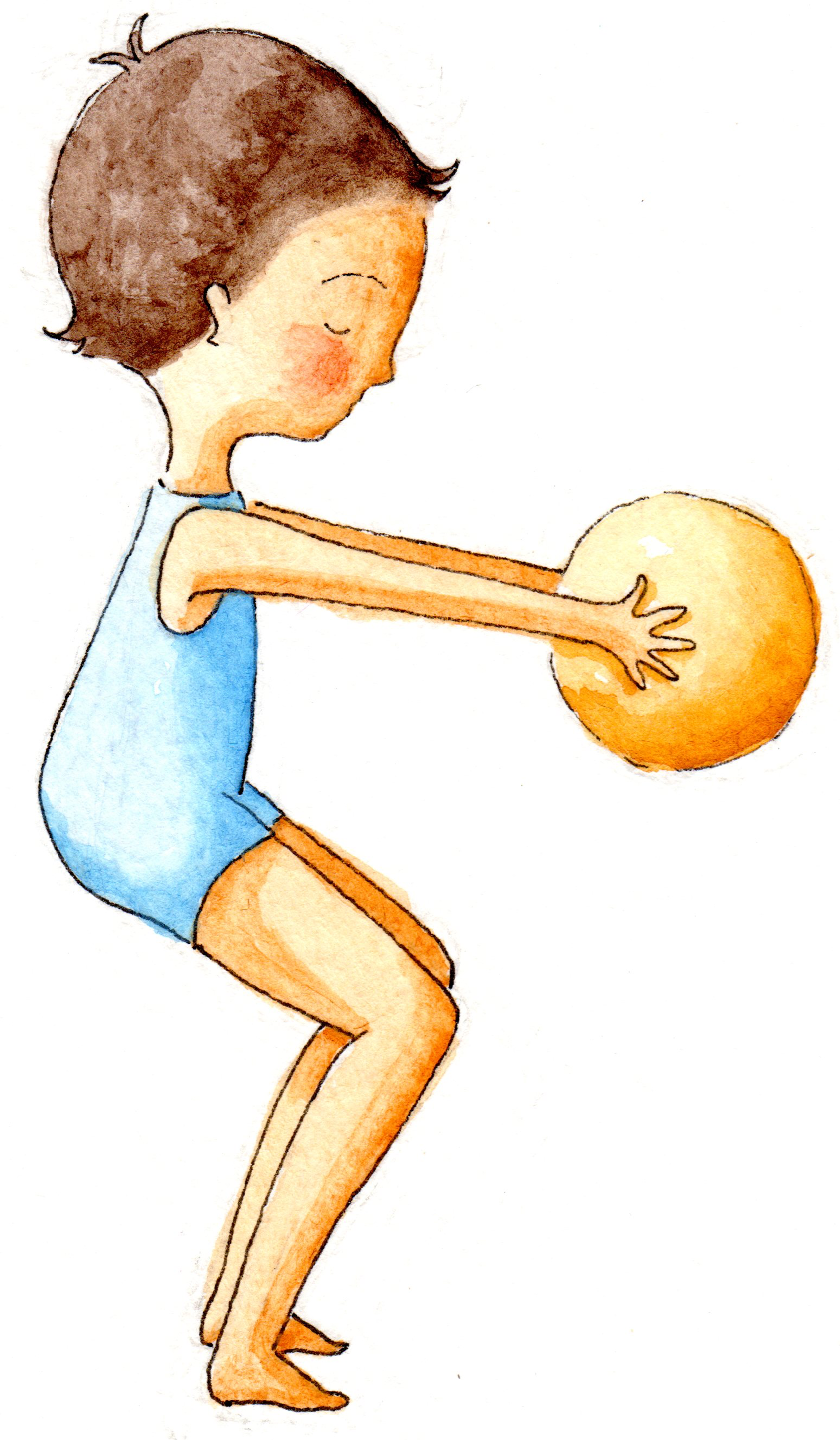

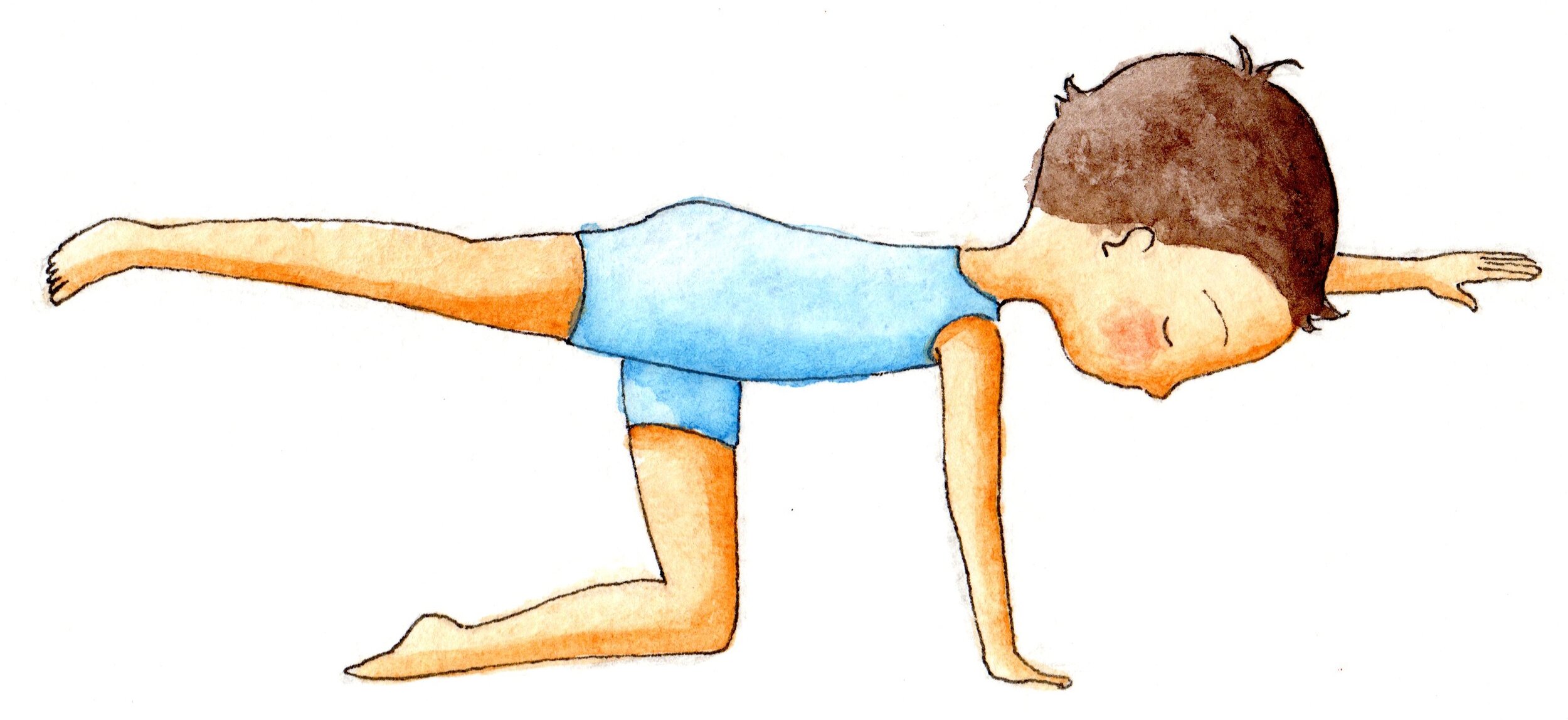
Hands/Feet Crossing the Midlines:
Patty cake style hand games, or having your child copy your hand gestures in different patterns. Singing while doing this will fire more neurons…so make up some songs with you do this or make some funny noises and have the child copy them as you go along. Have child cross one foot over the other in standing or sitting and reach down towards their toes holding position for at least 7 seconds. Repeat 3 to 4 times, switch position of feet.
thumb movement
Here are some hand exercises to encourage thumb movement, thumb independence, functional pinch and grasp reflexes. If you have a child who has difficulty with handwriting…watch how they use their entire arm to move the pencil across the paper. This is a sign of poor motor control, poor isolated movement and poor independent movement of the thumb. The thumb should be the leader with the pencil.
To work on strengthening the thumb and functional pinch have your child do thumb O’s. Make an O with the thumb and pointer finger of one hand, interlock the other hands thumb and pointer finger also in an O with the first hand so they are stuck together. Keep the O’s together as you try and pull them apart. Hold for 7 seconds and repeat 3 to 4 times. Now add thumb, pointer and long finger…do the same thing process…then add thumb, pointer, long and ring fingers…then everything…thumb, pointer, long, ring and baby.
Eyes on Track:
Eyes crossing the middle of the body or the central line of the body to the left, right, up and down are very important for visual processing and eye-hand coordination.
Have child keep their head still as they move their eyes to follow a slow-moving visual target. If they move their head, put your hand on the top of their head to block movement. For better results have the child down on the floor on their back, arms extended fully at chest height holding something weighting approx. 2#, but you move the object while their eyes follow.
Make a scanning wall. Have child cut out small pictures out of magazine and you will randomly tape at least 20 pictures to the wall. Have them sit in the middle of the wall of pictures while you ask them to find each item using their eyes to scan and not move their heads.
Developmental Movement:
Developmental Movement is the foundation of isolated, controlled movement, encourages protective reflexes and integrates primitive reflexes. The more a child can isolate and automate movement the more freedom the brain has to create, problem solve, develop relationships and attend.
Chicken Neck: With eyes on a target have the child move the head forward and back without moving their back or hips. Hold for 7 seconds in each position.
Elastic Back: In sitting…have the child keep head and hips from moving, but curve and straighten just their back. Of course the heads going to move and the hips with move…they are attached to the spine, but you want the to initiate the movement from their spine.
Elephant Trunk: In sitting or in all 4’s use one arm as the truck swinging it out to the side and up with the eyes following the trunk and holding the gaze for 7 seconds. Go back and forth from side to side, head turning and eyes turning towards the trunk. Then have the head turn away from the trunk for 7 seconds.
Hand Buttons: Put firm pressure in the palm of the opposite hand using the thumb for 7 seconds. Go back and forth 3 to 4 times, then try and put pressure in both palms at once with the thumbs.
O-R-E-O: Hands are brought to ear level, open fingers wide and keep them there. Open mouth wide and hold a constant “OOOOOOOOOOOOOOOOOO” sound for 7 s, “REEEEEEE” sound for 7 “OOOOOOOOO” again for 7 seconds.
Block Walk: Throw a bunch of Lego bricks or wooden blocks down on the floor and have child walk on them barefoot.
Toe Fingers: Pick up blocks using toes, cross midline of the body with the foot to pile them up on the other side. Alternate feet.
Small and Tall in Sitting: Shrink the trunk on one side by bringing knee to elbow, hold 7 seconds. Then reach with the arm high as you can overhead without bottom coming off the chair, hold for 7. Repeat 3 to 4 times. Do the other side.
Head Blocks: Hand on forehead give a little push with your head into your hand for 7 seconds, then put the hand on back of skull and do the same thing. The heads making an effort, but not going anywhere. Keep gaze stead on a target during this exercise. 3 to 4 times in each position.
Some basic developmental moves:
Crawling forward, crawling backwards, pretending to move like different animals, log rolling on the floor with arms fully extended over the head…go in one direction then roll the other way.
Why 7 seconds???
Good question. The average person’s attention span is about 7 seconds, but it is also meant to hold and practice long enough for it to register in the brain that something is happening. This registration will help to form more solid neural pathways. So hold things at least 7 seconds…there is nothing magic about 7 seconds, except it shouldn’t be less than that to make a change.
I know this has challenged your attention span. Thanks for hanging in there.
Julia



